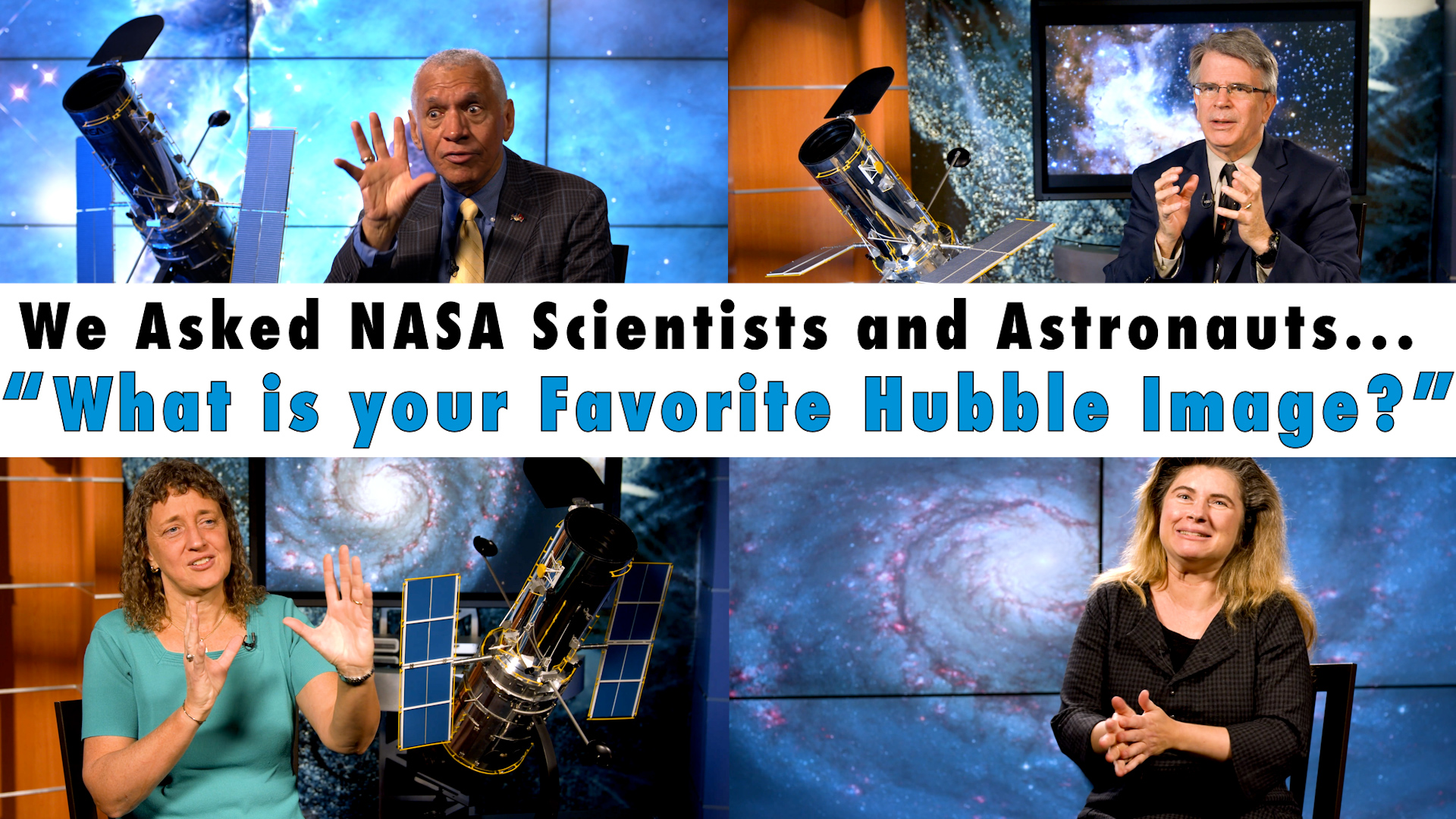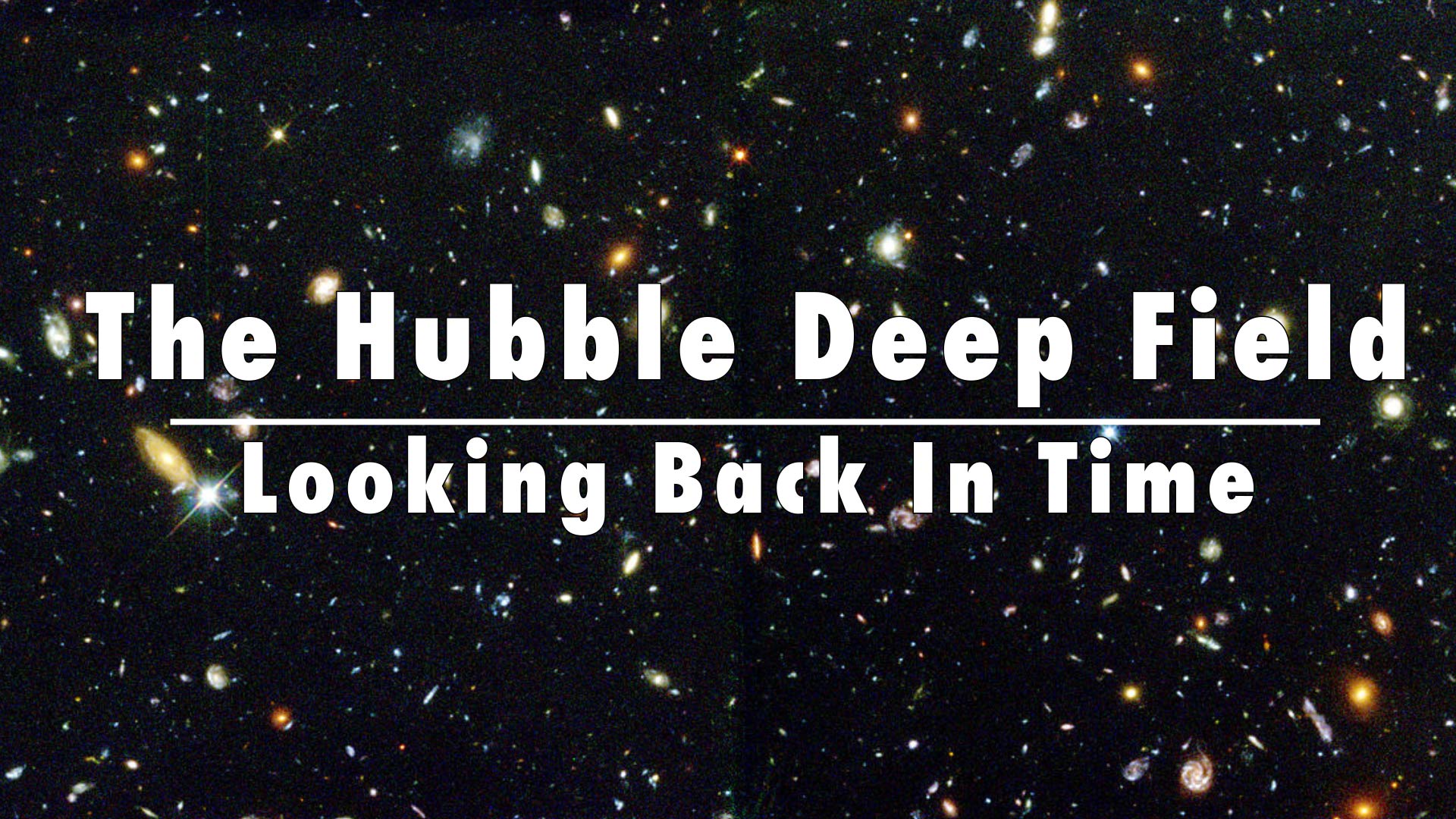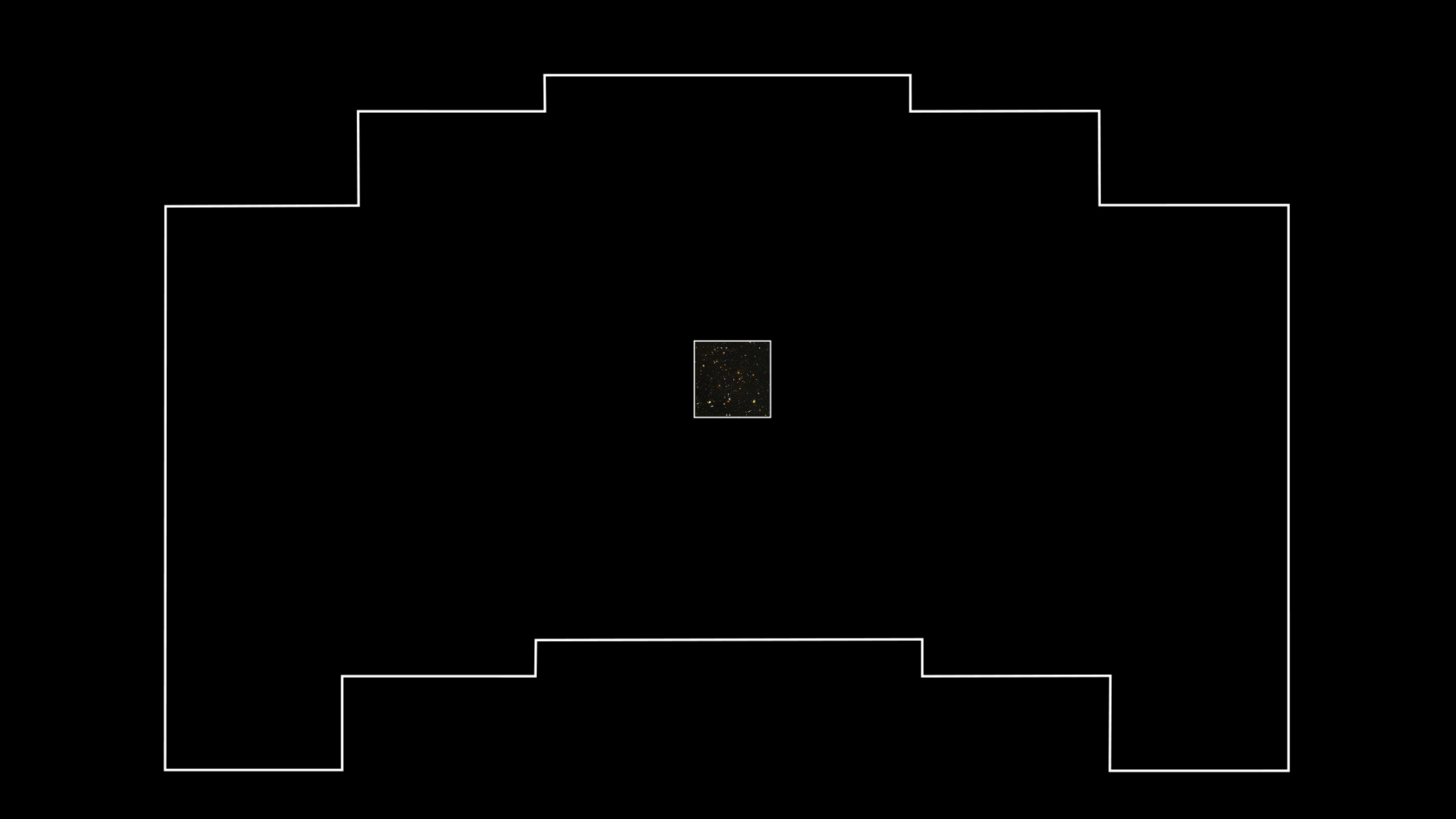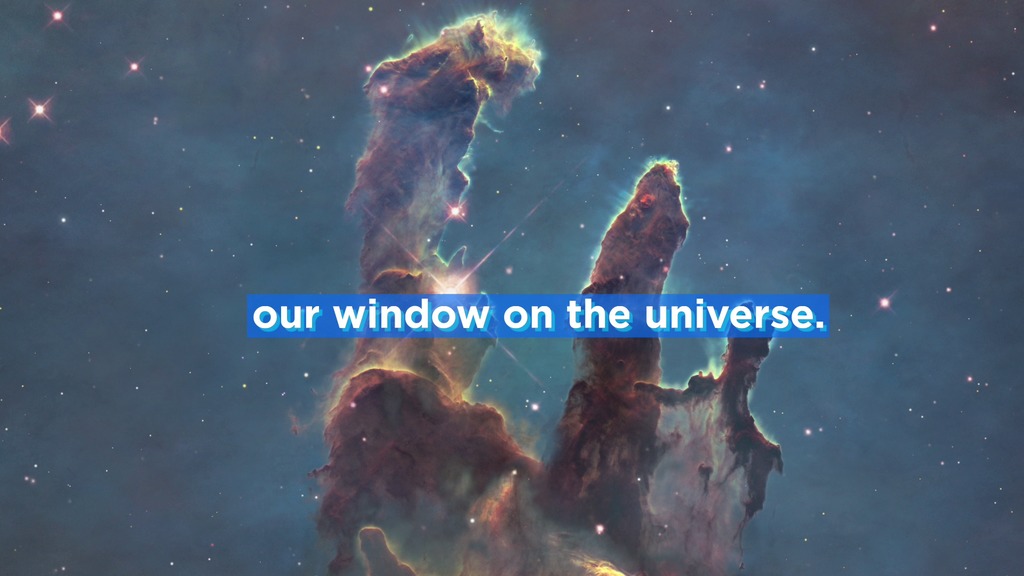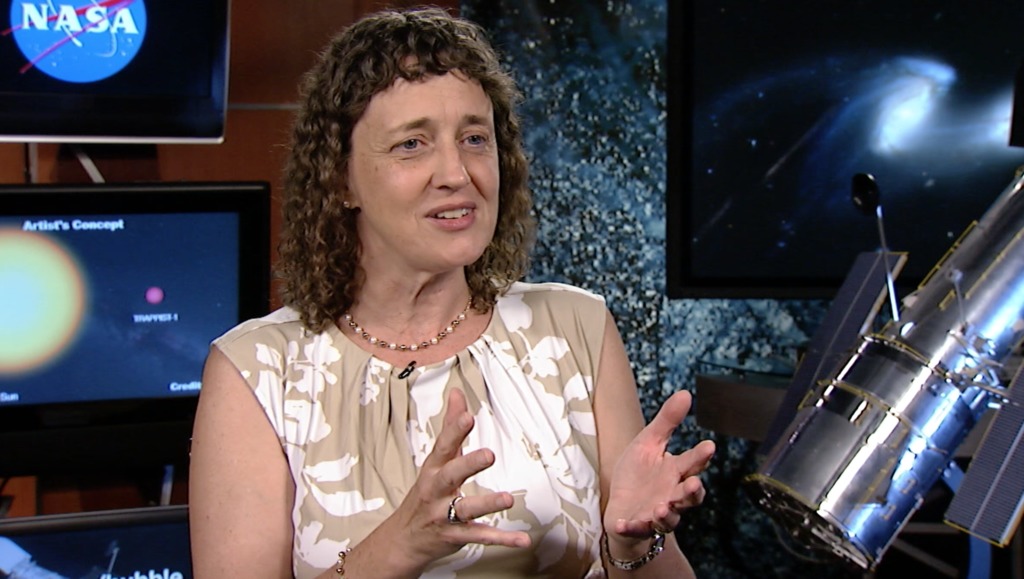Across the Universe: The Hubble Ultra Deep Field
A flight through the Hubble Ultra Deep Field
The Hubble Ultra Deep Field (HUDF) peers deeper into the universe than any previous visible-light image. Multiple observations of the same small patch of sky were combined for an equivalent exposure time of more than 11 days. Revealed within the image are thousands of galaxies located many billions of light-years away. Many of these galaxies are too small and too faint to be otherwise seen. Most importantly, because the light from distant galaxies requires billions of years to cross the intervening space, astronomers get to see them as they were billions of years ago. Much of the history of galaxy development can be found within the HUDF image.
This scientific visualization flies through a 3D model of the HUDF galaxies. Each of the more than 5,000 galaxies in the model was cut out of the HUDF image and placed at its appropriate distance (as calculated from redshift measurements). The virtual camera flies through this long, thin galaxy dataset, showing how galaxy sizes, shapes, and colors change as one looks both out in space and back in time. Note that, in order to traverse the cosmos in a reasonable amount of time, the distance scale in the model was compressed by a factor of a few hundred.
For More Information
Credits
Please give credit for this item to:
NASA, ESA, F. Summers, Z. Levay, L. Frattare, B. Mobasher, A. Koekemoer and the HUDF Team (STScI)
-
Project support
- Frank Summers (STScI)
- Mark Malanoski (Global Science and Technology, Inc.)
- Zoltan Levay (STScI/Aura)
- Lisa Frattare (STScI)
- Bahram Mobasher (STScI)
- Anton Koekemoer (STScI)
Missions
This page is related to the following missions:Release date
This page was originally published on Friday, September 25, 2015.
This page was last updated on Thursday, October 10, 2024 at 12:24 AM EDT.
